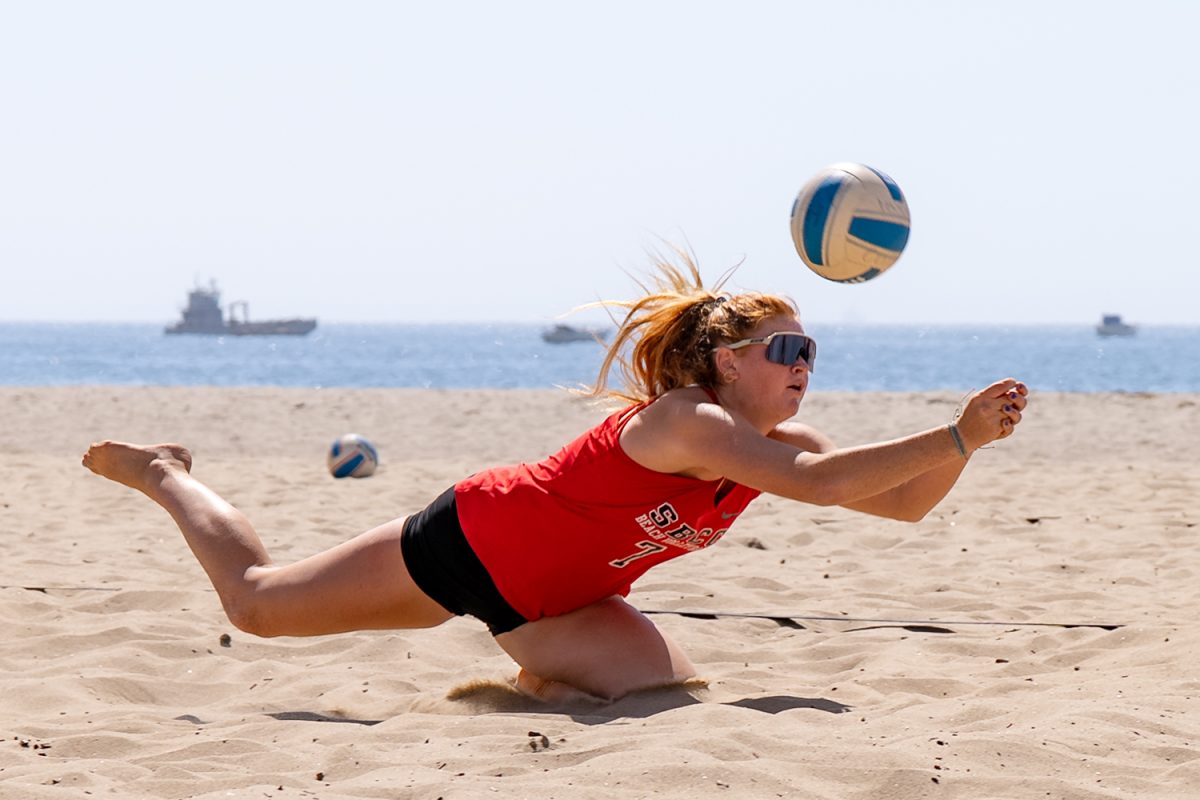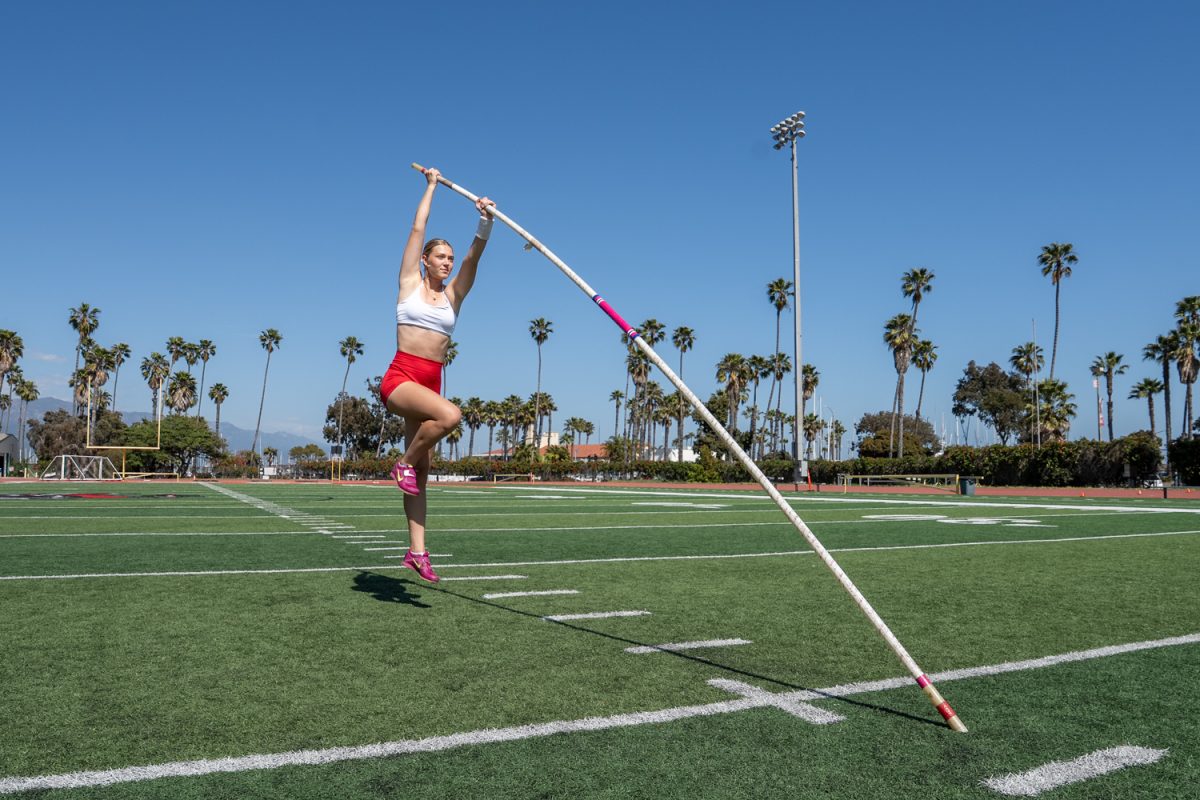Teachers, students and faculty have been forced to adapt and modify their ways of teaching and learning throughout the COVID-19 pandemic.
“I remember the first day I taught, I was on the computer for eight hours uploading, downloading, fixing,” Artistic Director Tracy Kofford said.
Kofford is a professional dancer and a teacher at City College. He is currently remotely teaching three levels of modern-dance classes and two stretch classes.
He moved to Santa Barbara in 2011, making this his 10th year at City College.
Kofford began tap dancing at the age of nine, but started getting more serious with dancing his freshman year of college. He found his passion for dancing and ended up getting a degree in dance at UCSB.
Online instruction made Kofford build his own home studio to teach his dancing classes. He wants to make sure his students get the best out of their distance education.
He teaches using Zoom. It is not mandatory for his students to attend the live meetings, but they still have to watch videos and answer questions along the way.
Kofford edits the videos and adds questions at the beginning and at the end, and students have to answer according to what they’re being taught in the lecture.
“Teaching has always been something I’m really passionate about,” Kofford said. “I was lucky enough to actually want to do both.”
However, online instruction is not an easy journey. Students have limited space, bad lighting and poor internet connection, making it harder for Kofford to see their progress.
He also just started to get familiar with Canvas, since it is the only way to reach out to students and post assignments.
Class enrollment has decreased, but Kofford still decided to invest in new equipment.
He bought new technology like a 360-degree tracker that can be used with a phone or iPad.
It tracks the subject so that if they move they will still be seen on camera.
This way students are able to not just get a frontal view, but also different perspectives in case he moved away from the camera, Kofford said.
“I was thinking this would create a more three-dimensional environment,” Kofford said.
He also explained that he has to constantly be thinking about the movements, since the camera on Zoom is mirrored and does not want his students to get confused.
“Now I have to be more clear and precise with what is happening,” Kofford said.
“People seem to be enjoying it, we’re learning, we have a good time, we laugh,” he said. “There’s not a lot of online courses that you get to laugh in, or be silly.”
This experience is making him become a better teacher and communicator.
“I’m looking at it as a learning tool, as opposed to something to dread,” Kofford said.


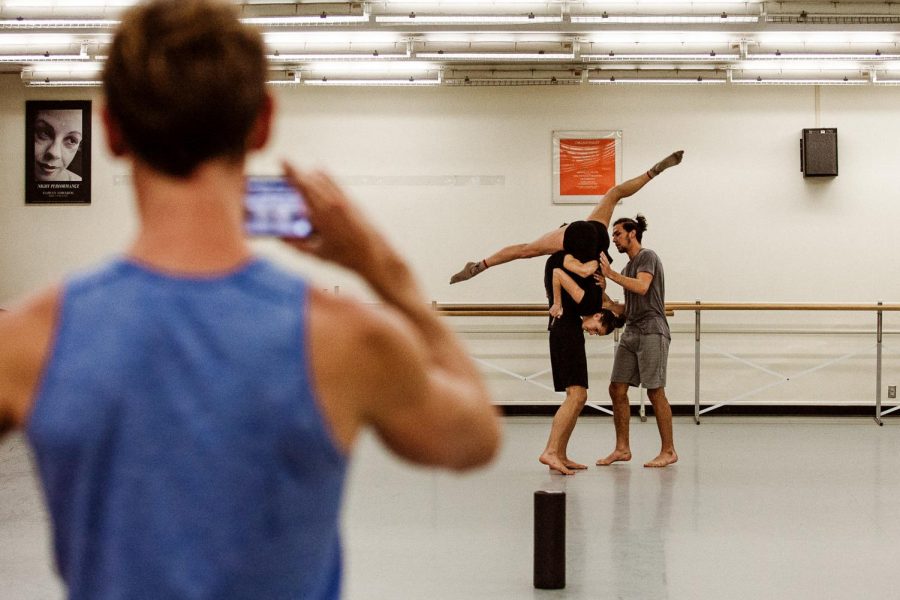




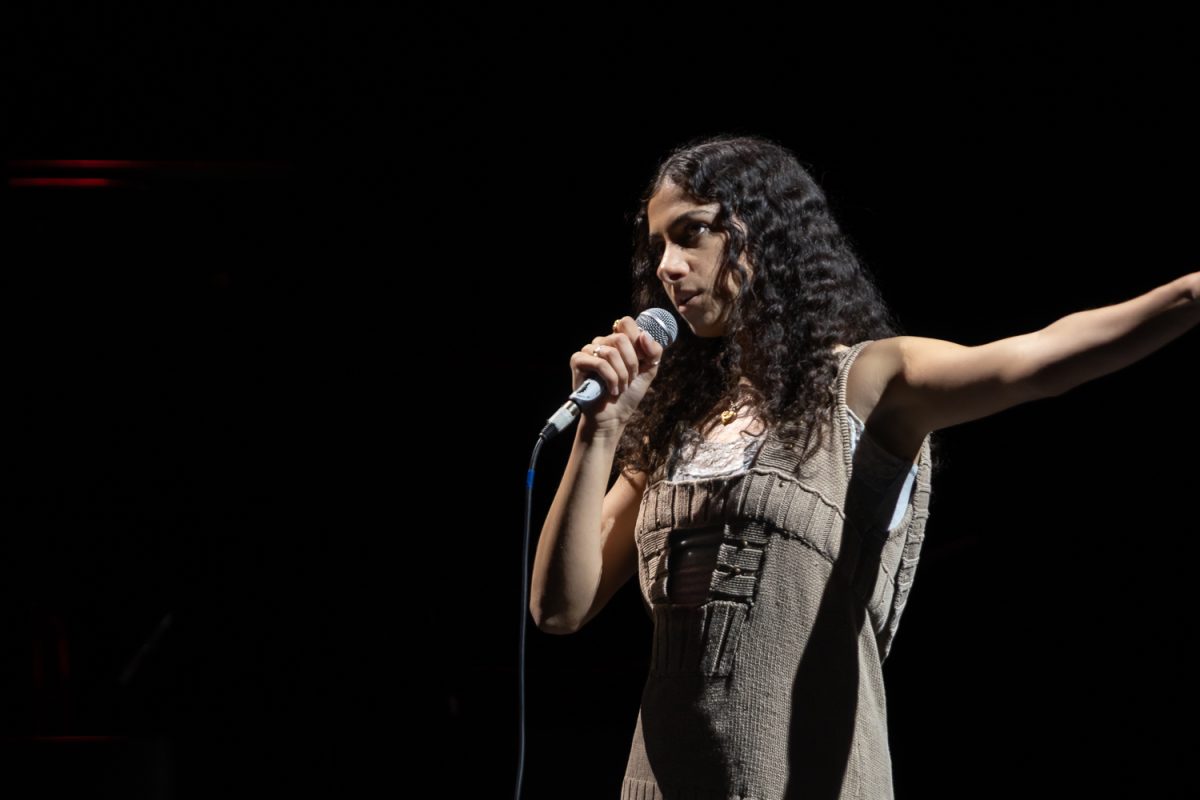
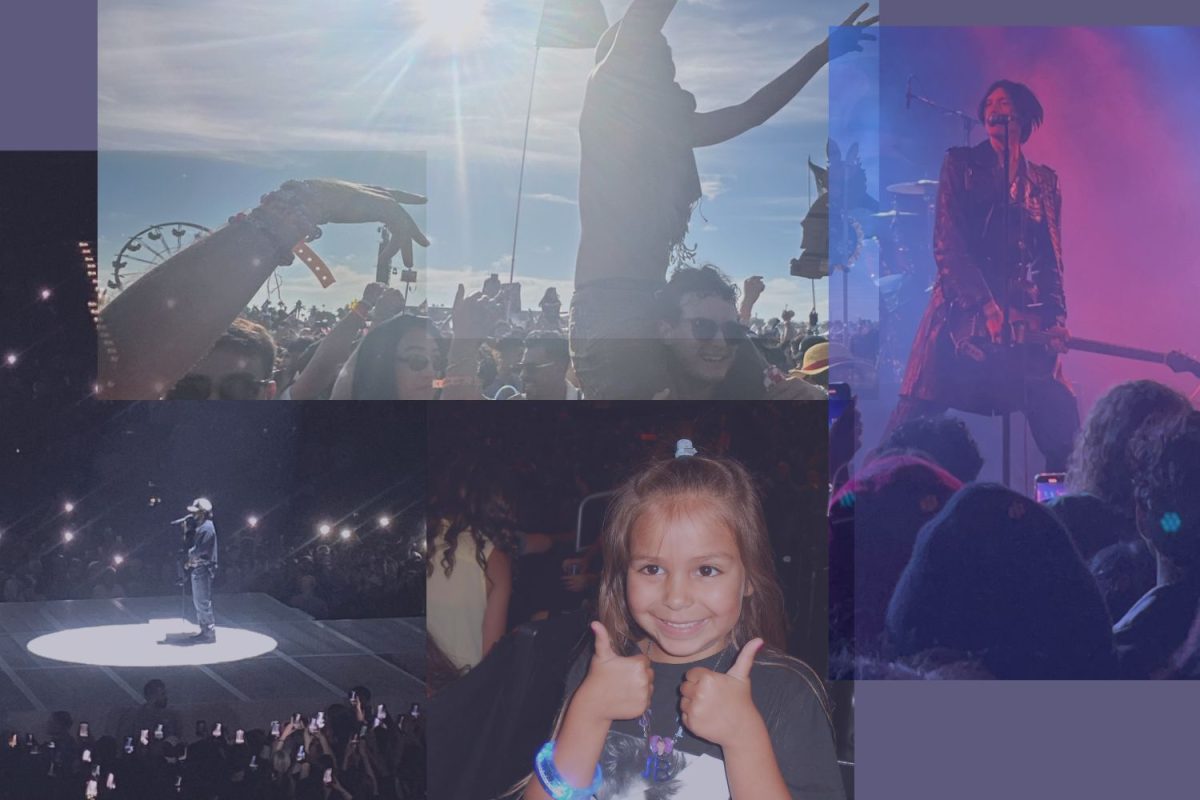
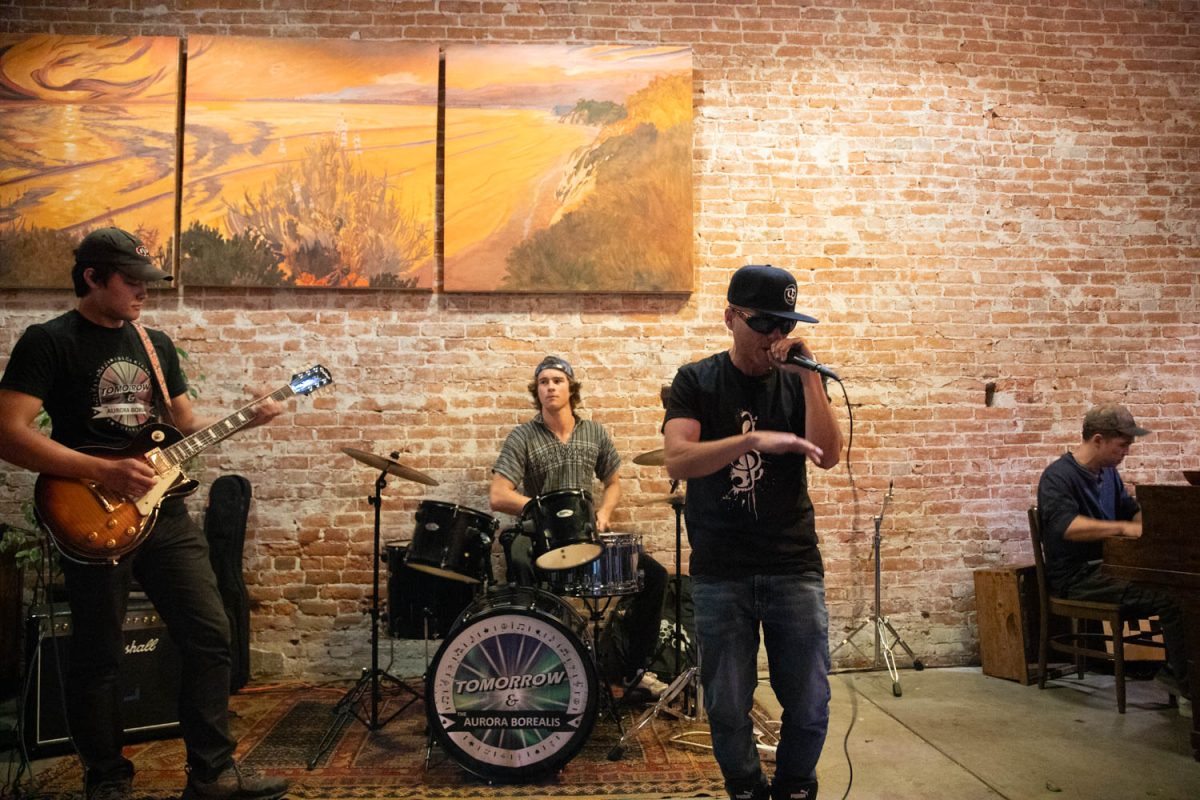
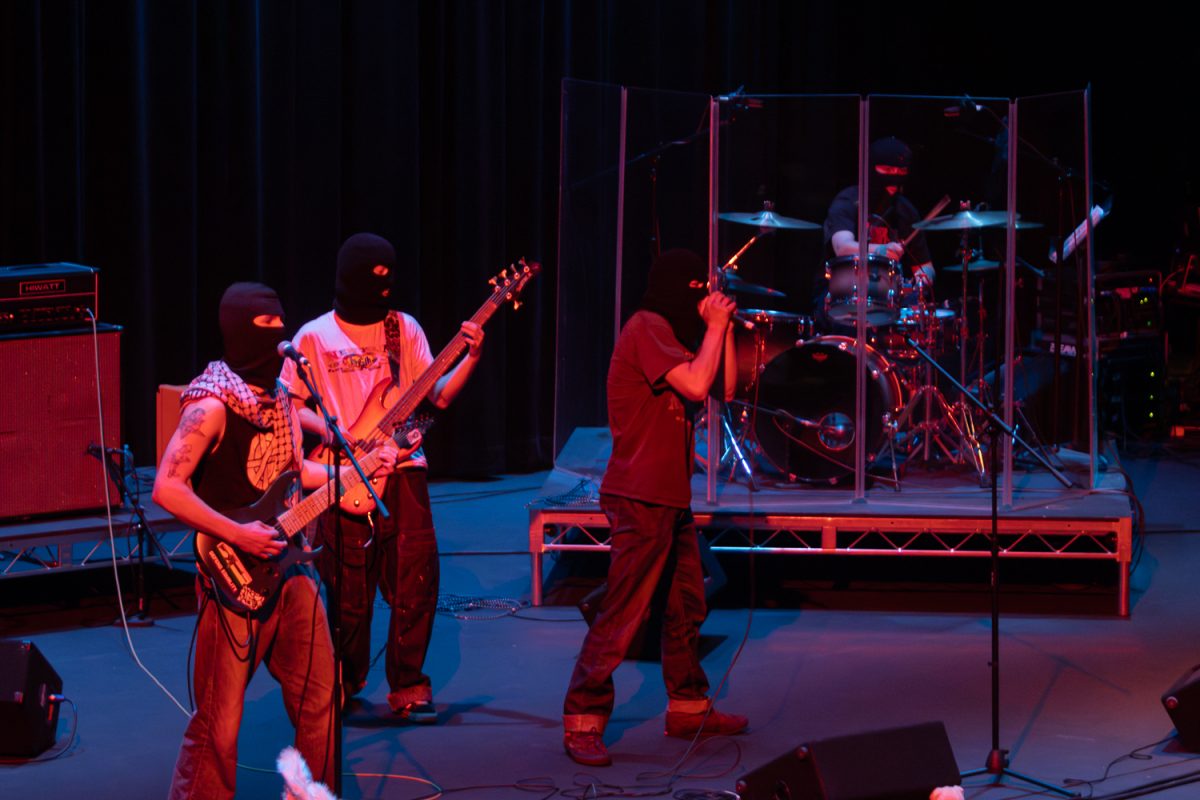


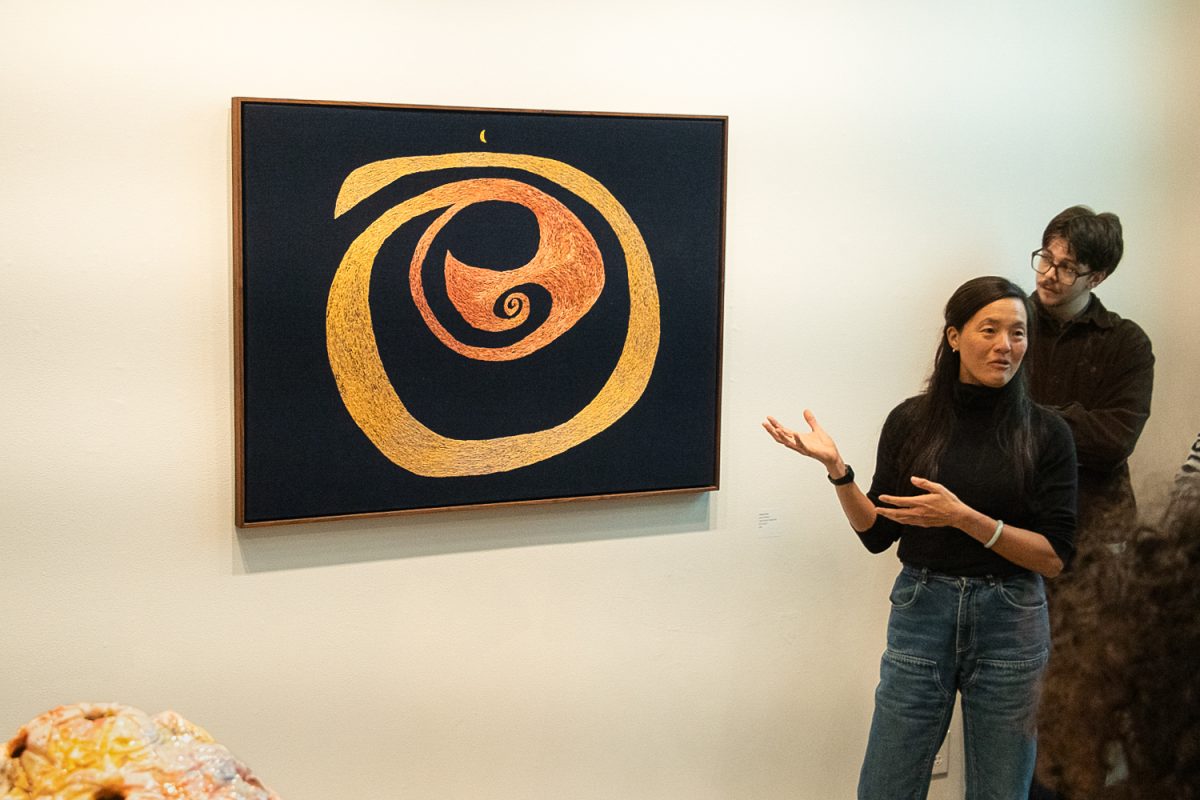



![Milton Alejandro Lopez Plascencia holds a flag showcasing the United States and Mexico on Feb. 7 in Santa Barbara, Calif. “It’s heartbreaking to see what is happening all across the country,” Lopez Plascencia said. “I [want] my voice to be heard by the community.”](https://www.thechannels.org/wp-content/uploads/2025/05/MGSImmigration-1-1200x800.jpg)
